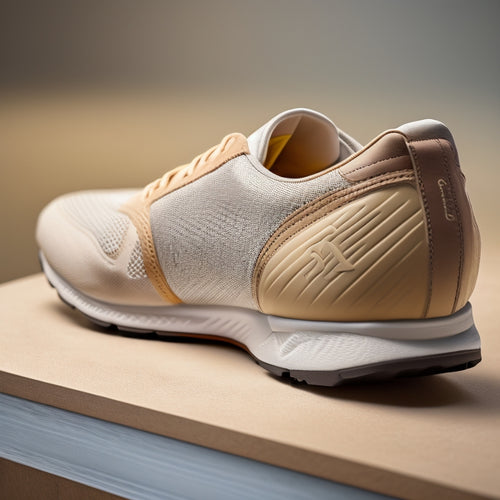
The Ballet Flat: The Fundamental Footwear of Ballet
Share
Discover the Elegant World of Ballet Flats: Comfort and Performance Combined
We are delighted to introduce you to the world of ballet flats, also known as ballet slippers - the epitome of grace, elegance, and functionality. Ballet flats, designed specifically for ballet dancing, are lightweight shoes crafted from soft leather, canvas, or satin materials. These versatile slippers feature a flexible sole that makes it easy for dancers to glide effortlessly across the stage. In this article, we will delve into the various aspects of these outstanding footwear, including their history, key characteristics, and benefits. So let's begin our fascinating journey into the realm of ballet flats.
The Origins of Ballet Flats: A Rich History Worth Reflection
Ballet flats trace their roots back to the Italian Renaissance courts of the 15th and 16th centuries. It wasn't until the 18th century, however, that the Ballet Academy in Paris began using ballet slippers as a standard part of their uniform. This was a time when ballet dancing started to gain recognition as a professional art form. The ever-evolving design of ballet slippers has catered to the needs of dancers while retaining its inherent charm. Today, ballet flats are cherished by professional dancers, casual learners, and enthusiasts alike, making them an integral part of the ballet world.
What are the Different Types of Materials Used in Ballet Flats?
Ballet flats are primarily made of three materials: soft leather, canvas, and satin. Each material has distinct advantages and applications:
- Leather: Soft leather ballet flats offer durability, comfort, and a sleek appearance. They allow for easy movement, enhanced by the natural stretch of the material, which conforms to the shape of the foot.
- Canvas: Canvas ballet flats are lightweight and breathable, with excellent flexibility. They are also easily washable, making them suitable for everyday practice sessions and rehearsals.
- Satin: Satin ballet flats are the epitome of elegance and are often used in performances due to their beautiful sheen. However, they may not be as durable as their leather or canvas counterparts and are best reserved for special occasions.
How to Choose the Right Ballet Flats: A Comprehensive Guide
Finding the perfect pair of ballet flats is essential for both comfort and performance. Here are some key factors to consider when selecting your ballet slippers:
What is the Importance of Proper Size and Fit in Ballet Flats?
Achieving the ideal size and fit is crucial for ensuring the maximum comfort and preventing injuries while dancing. Ballet flats must fit snugly without feeling restrictive or causing discomfort. It is essential to try on several sizes and styles to determine what works best for your foot shape, arch height, and personal preferences.
How to Maintain and Care for Your Ballet Flats?
Proper maintenance and care extend the lifespan of your ballet flats and keep them looking fresh and pristine. Here are some essential tips for ballet flats care:
- Dry them thoroughly after use to prevent the growth of bacteria and fungi.
- Rotate between two pairs of ballet flats, allowing them to rest in between uses.
- Wash canvas ballet flats in cold water, allowing them to air dry. Never place them in a dryer, as this may damage them.
- Protect satin ballet flats by using shoe covers during practice sessions.
- For leather ballet flats, use a soft cloth to gently clean the surface with water and mild soap.
Ballet Flats' Unmatched Elegance: The Perfect Accessory for Dance Enthusiasts
In conclusion, ballet flats are an essential component of every dancer's wardrobe. The rich history, various materials, and the importance of selecting the perfect pair all contribute to the timeless elegance and functionality of these versatile slippers. Regardless of your skill level or dancing aspirations, investing in a high-quality pair of ballet flats ensures that you feel comfortable, supported, and connected to the storied legacy of this beautiful art form.
Related Posts
-

Top Dance Makeup Tools for Perfect Stage Looks
To create a flawless stage look, you'll need the right tools and techniques. Start with high-quality makeup brushes, ...
-

Get Started With Dance Makeup: a Beginner's Guide
You're about to start on a creative journey that combines your passion for dance with the art of makeup. To get start...
-

Why Heel Counters Are Important for Foot Support
Heel counters are essential for your foot support, enhancing stability and reducing injury risk during movement. They...


